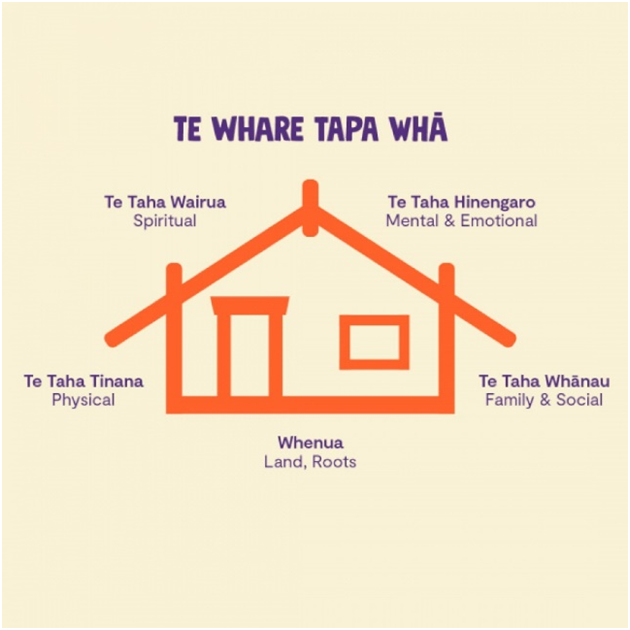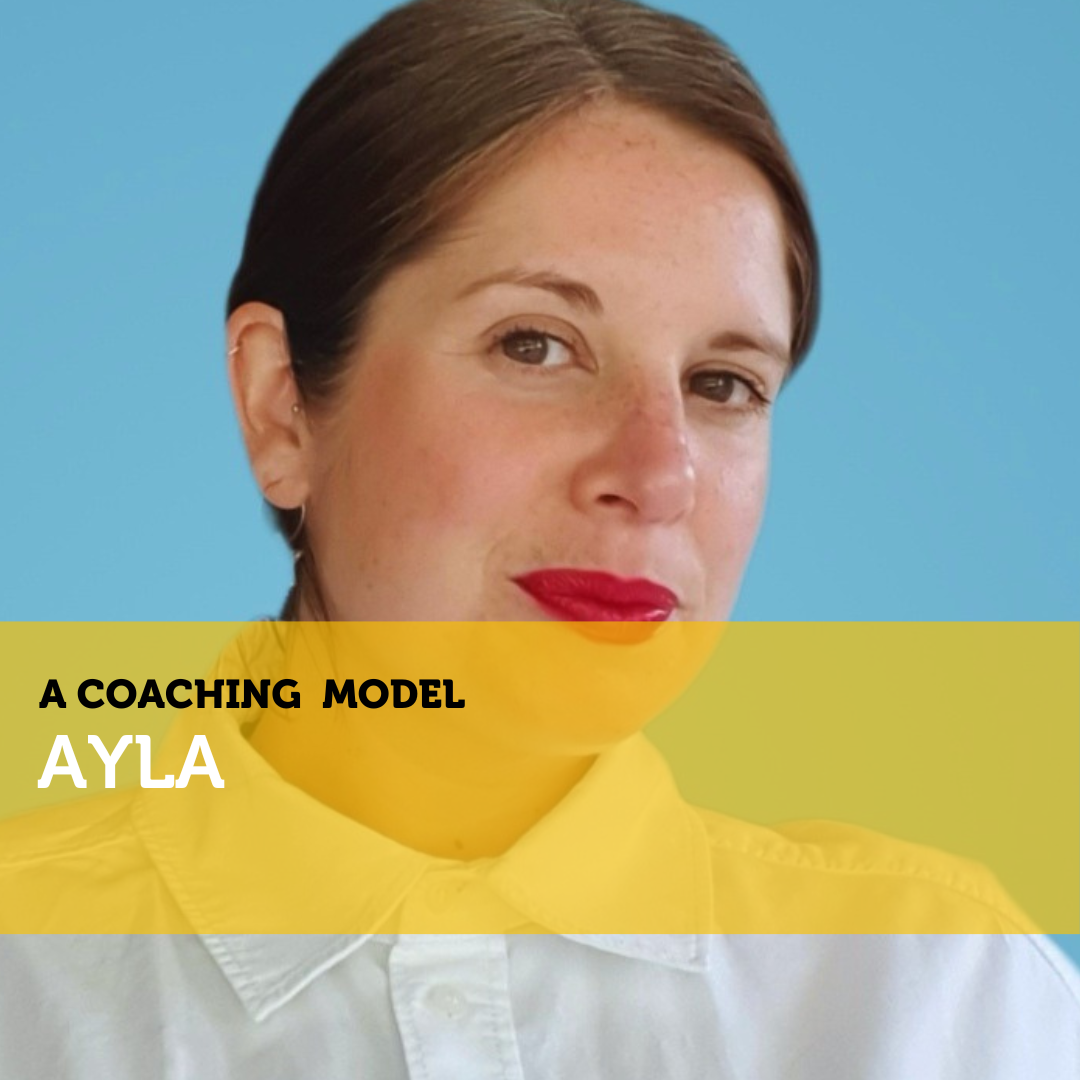A Coaching Model By Lauren Purse, Transition Coach & Confidence Coaching for Women, NEW ZEALAND
My Coaching Model AYLA
My coaching model, AYLA, has been developed from experiencing my clients’ heightened levels of self-criticism and lack of self-compassion during transitional periods. The majority of established coaching models focus on coaching in one setting or area, so I have developed a model that traverses all elements of a client’s life and actively encourages them to practice self-compassion.
This model is for clients in transitional periods, who are paralyzed by feelings of low self-worth and confidence. They are stuck in a cycle of discouragement and choose coaching to build themselves back up, take action, and shine. They need to find strength and do so by choosing empathy, kindness, and self-compassion.
AYLA has been influenced by three different coaching and well-being models.
1. GROW
I was drawn to GROW (Whitmore, 1992) because it is a simple model that can be used to set the overall goal of a coaching relationship, as well as on a sessional level, which is what AYLA aims to achieve.
- Goal – where do you want to be?
- Reality – where are you now?
- Options – what could you do to get there?
- Will – what will you do?
I value the acrostic nature of GROW because the physical shape and progressiveness allow clients to move through the process both with their coach and independently.
- Ambition – what would you like this season to look like?
- You – center yourself with compassion and check-in
- Lift – compassionately explore what is holding you back
- Act – identify what you need to take action, grow, and shine
2. Compassion Focused Therapy
Compassion-focused therapy (CFT) and its associated activities can lessen the voice of the inner critic and encourage the use of more self-soothing techniques for clients (Vidal and Soldevilla, 2023). Incorporating CFT into my model means that clients begin to gently challenge the views they hold of themselves and practice self-compassion. This makes compassion the most important element of AYLA as it supports clients to break out of their discouragement cycle by choosing compassion before criticism.
AYLA focuses on the use of self-compassion through the centering of self and asking questions that challenge the inner critic and foster compassionate thoughts and actions.
3. Te Whare Tapa Wha
The final model that has influenced AYLA, is a model developed by Māori health practitioner Mason Durie in 1984, in Aotearoa (New Zealand) called Te Whare Tapa Wha (Manatu Hauora, 2017).

It uses a Te Ao Māori (Māori worldview) to approach health and wellbeing. It explains that when all four areas, as shown above, are nurtured it is possible to take care of personal wellbeing and thrive. The model also references Whenua (Land, Roots), an integral part of Te Ao Māori which acts as a grounding influence through the conscious connection to ancestors and ancestral lands.
AYLA actively encourages clients to connect their current transition or stuck point to a specific area of their life that needs nurturing and helps focus the client on what is most important to them right now.
AYLA: Coaching Model
Ayla in Hebrew means oak tree; in Turkish halo of light around the moon; and Finnish bringer of light (Wikipedia, 2023). These meanings are represented in both the visual aspect of my coaching model and the metaphor I chose of tending to yourself as a tree; it has grown from the vision I have for my business, The Ayla Network.
Through my business, I create female-led spaces that are safe, empowering, and joyful; where those identifying as women grow and tend to their tree surrounded by others who bring their own experiences and offer diversity, challenge, and connection.
The choice of words in AYLA is deliberate.
Ambition is often a word reserved for career progression, a word that can feel “big”. However, I believe that clients need to have a strong sense of ambition to move through each coaching conversation. The word season in this part of the model emphasizes this as it allows clients to break down their ambitions into smaller increments, a week, a month, and a year, and tackle them in manageable chunks.
You place the client at the center of their world, recognizing that they hold the answers and the power to make change for themselves. It gives them an opportunity to check in and begin exploring.
Lift refers to the lifting and sifting through the layers of ourselves and our lives. In order for clients to uncover and understand the myriad things that can hold them back (beliefs, values, behaviors, patterns, etc.) they must lift and sift through old leaves, new shoots, and knots in their roots; seeing what lessons they learned and if they apply to the present.
Act is the most straightforward in the model and continues to put the responsibility for and empowerment of themselves, on our clients. It supports them to identify who or what else they need to nurture compassionate action.
In Practice
Ambition: Imagine your life as a tree. The branches are all the different parts of your life in this current season: your friends and family, your interests, your job, your holidays, your pets, your schedule, the demands on you mentally and physically. What do you see? What would you like to see? What changes would you like to make?
You: Now imagine you are the trunk. Strong, sturdy, and ready to grow. Check-in with yourself: how are you? How are your four areas: Physical, Spiritual, Mental and emotional, Family and social? Which is feeling unstable? How is this related to your ambition for your life/session? How does your present life differ from the authentic life you want to move towards?
Lift: With compassion, explore what is holding you back from moving toward the life you see for yourself. Look at your roots, the leaves and branches already there. What can you learn from previous seasons? What needs to be addressed? What pruning needs to happen? Where does growth need to be nurtured? What experiences in your past be useful to draw upon to help you move forward?
Act: Identify what the next step is for you to move forward, however small it may seem, and commit to taking action by scaffolding yourself with support to ensure accountability and encourage your leaves to grow and flowers to bloom. What or who do you need to support you to take action? What around your tree could impact your action?
In practice, the AYLA model is already taking clients from a place of self-criticism through compassion to confidently tending to their tree. I hope that my coaching model continues to develop and grow as my coaching practice does, continuing to encourage clients to choose compassion over criticism.
Learn How to Create Your Own Coaching Model
Your Coaching Model reflects your values,
philosophies, and beliefs and must communicate who you will coach
and the problems you will solve. Read more about creating your coaching model
References
Performance Consultants (2017) The GROW Model.
Manatū Hauora: Ministry of Health (2017). Te Whare Tapa Whā
Soldevilla, J and Vidal, J (2023) Effect of compassion-focused therapy on self-criticism and self-soothing: A meta-analysis. British Journal of Clinical Psychology, 62 (1), 70 – 81.
Wikipedia (n.d.). Ayla (name)
Figure Reference
Mental Health Foundation (n.d.) Te Whare Tapa Whā [image]
